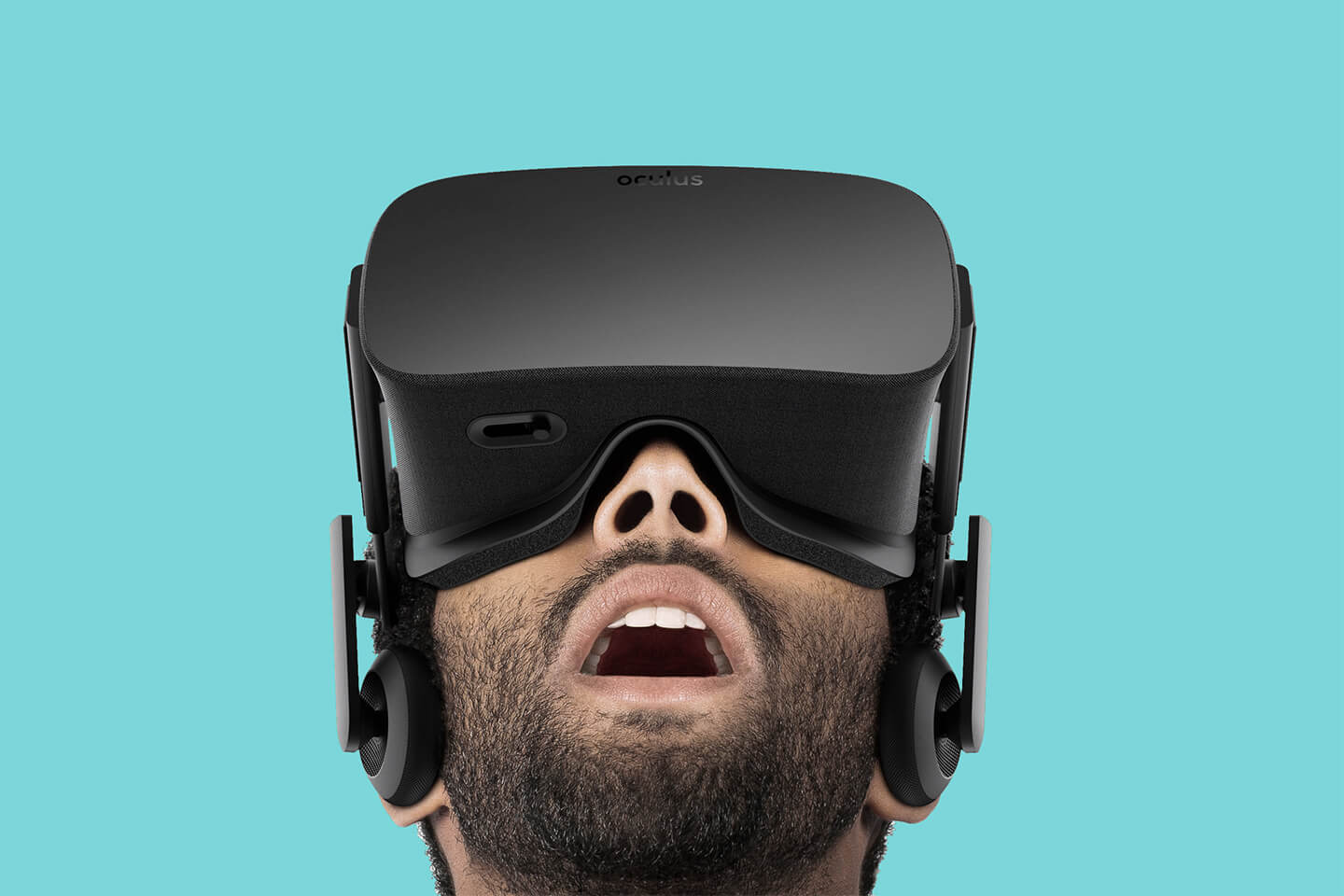VR (Virtual Reality) and AR (Augmented Reality) have been designed to enable users to interact virtually. As is the case with every novelty, they have finally started to be affordable, transforming communication, science, entertainment, and business fields. As a result, more and more industries are deciding to implement these technologies to improve their products and services. That includes retail, banking, and consumer payment methods.
The era of cash is about to finish. More and more payments are being completed digitally. Even though the development of AR and VR is in the early stage, it creates room for revolutionizing the shopping experience and e-commerce, including finances and payment methods.
Real-Time Shopping
AR and VR offer entirely new shopping experiences. Customers can now enter a virtual shop and try on clothes in virtual fitting rooms, browse through products, and purchase them through an app. They can immerse themselves in virtual reality to experience the sensory simulation of in-person shopping. As traditional commerce is slowly moving to the digital world, we only have to wait for more optimized virtual shopping possibilities. This introduced the need for paying in real-time for products so that the experience is not killed.
One of the initial solutions were basic apps that used localization services. Then came more innovative apps for integrating a shop with a bank. Mastercard has, in collaboration with Swarovski, introduced a VR shopping app that enables purchasing Swarovski’s decor products without leaving your house. After a visit to a virtual shop, customers can pay for the chosen item with only a few clicks. Mastercard has also paired its bank application with facial recognition technology to improve the security of customers and simplify the process.
Digital Banks
Due to these technologies, customers can quickly pay in real-time and control their transactions. Banks and businesses are deciding to use different software for digital payments so their clients are offered multiple augmented reality services. User’s finances are managed innovatively and can even perform mortgage calculations or present investment suggestions.
Banks like Westpac Bank in New Zealand can scan credit or debit cards and use AR data visualization technology to analyze spending patterns and transaction details. Thanks to AR, the bank can also navigate a customer to the closest ATM in all locations around the globe - immersing in the virtual world makes the whole navigation process easier, especially for those using GPS.
Virtual Advisors
With the help of developing technology, financial institutions are working to make virtual advising more personal and face-to-face. This kind of online service is far more advanced and meaningful than analyzing finances in 2D websites, and it results in increased trust, making the whole experience feel real-life. AI enables customers to interact with a virtual assistant and ask questions in a VR chat room.
Fidelity Investments introduced a VR agent named Cora that can recommend stocks and assess performance. There is also Desjardins Bank’s agent, Penny that is able to analyze risk and suggest saving plans to customers in a personalized manner.
More and more banks are deciding to replace regular assistance with virtual assistance to improve the client experience efficiently.
Increased Security
Improvements provided by VR and AR technologies make transactions more secure for customers as they prevent virtual crimes. They help data management systems work more safely and increase the strength of the banking core system, making online banking more desirable.
Facial and gesture recognition and behavioral biometrics are a great example of how these technologies can prevent crimes such as identity theft. Nowadays, most banking apps use finger scanning but sustainable protection can go even further. With VR and AR innovations, customers can set up their accounts, take loans, and access their bank privately, easily, and safely. Enhanced banking security boosts interest in digital financial transactions.
Conclusion
Though VR and AR technologies were initially introduced in the video games industry, they have spread further and faster than we originally imagined. The tech-revolution is happening in front of us, and virtual and augmented realities are starting to become our new normal. The future of banking can be positively influenced by these technologies as customer experience and safety carry even greater importance. Some banks and other financial providers have already introduced new solutions while others are working on their own ways to improve the quality of products and services. One thing is sure - this is not the end of VR and AR driving change in the customer's experience.
Further Reading: THE PERIGON METHOD

